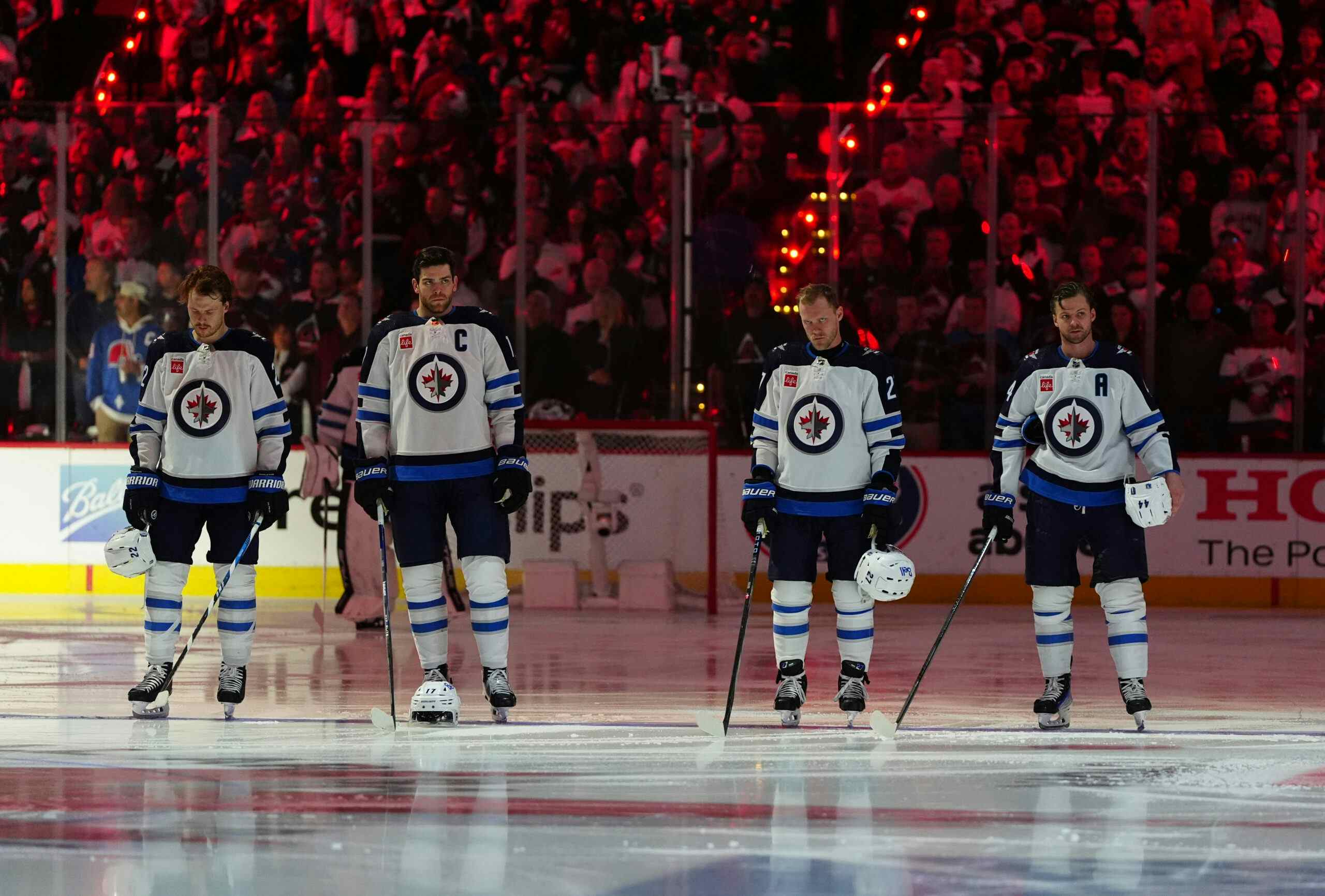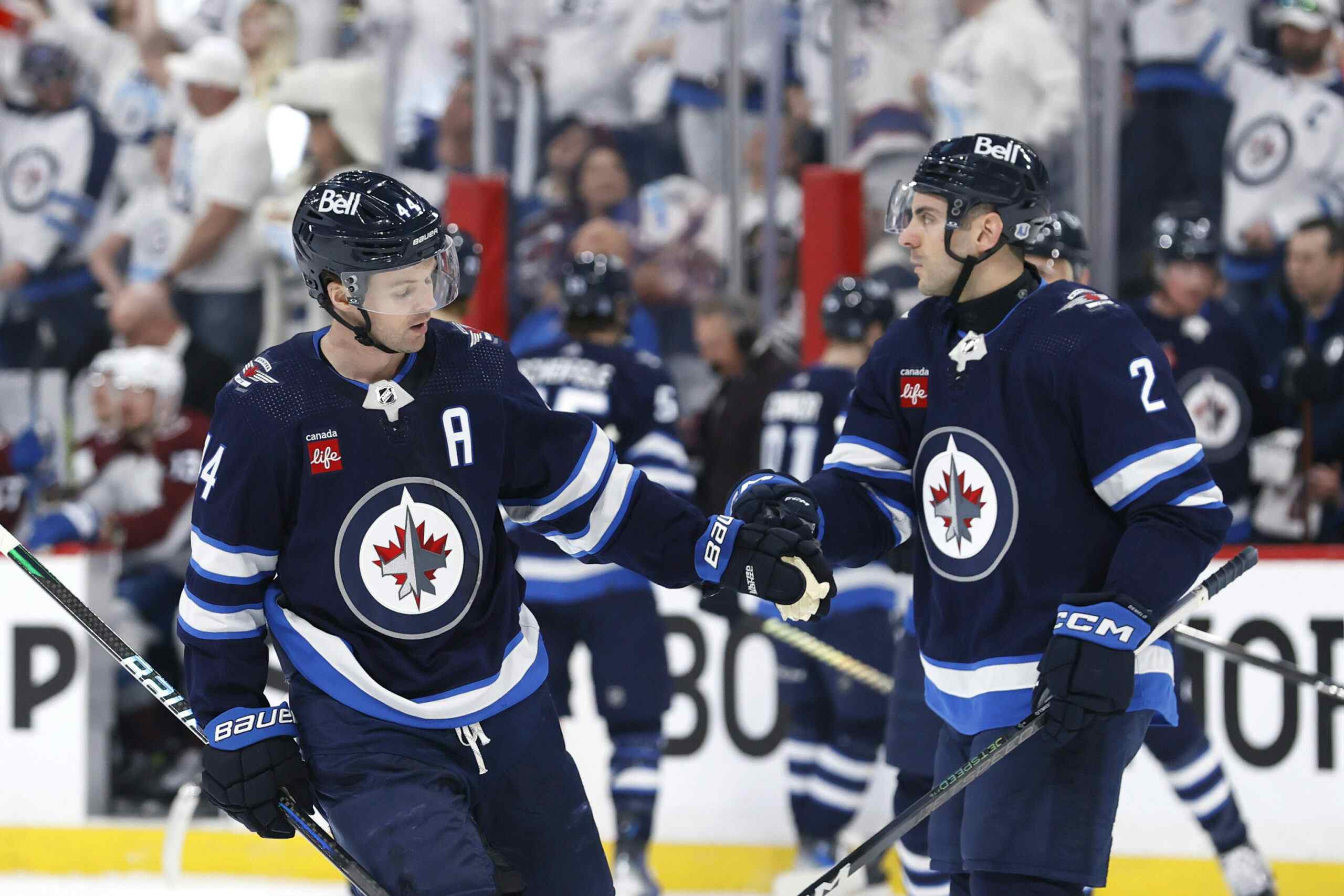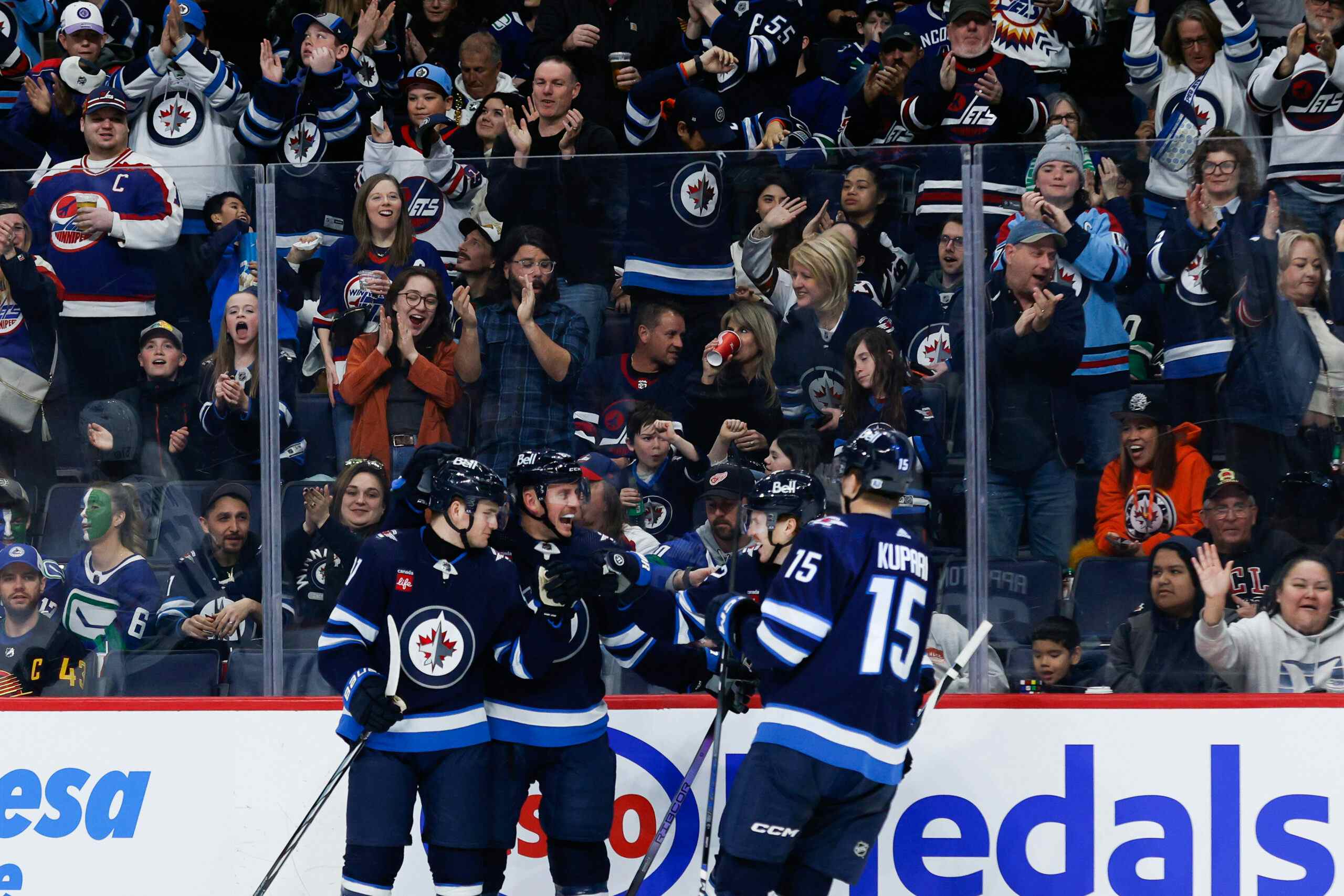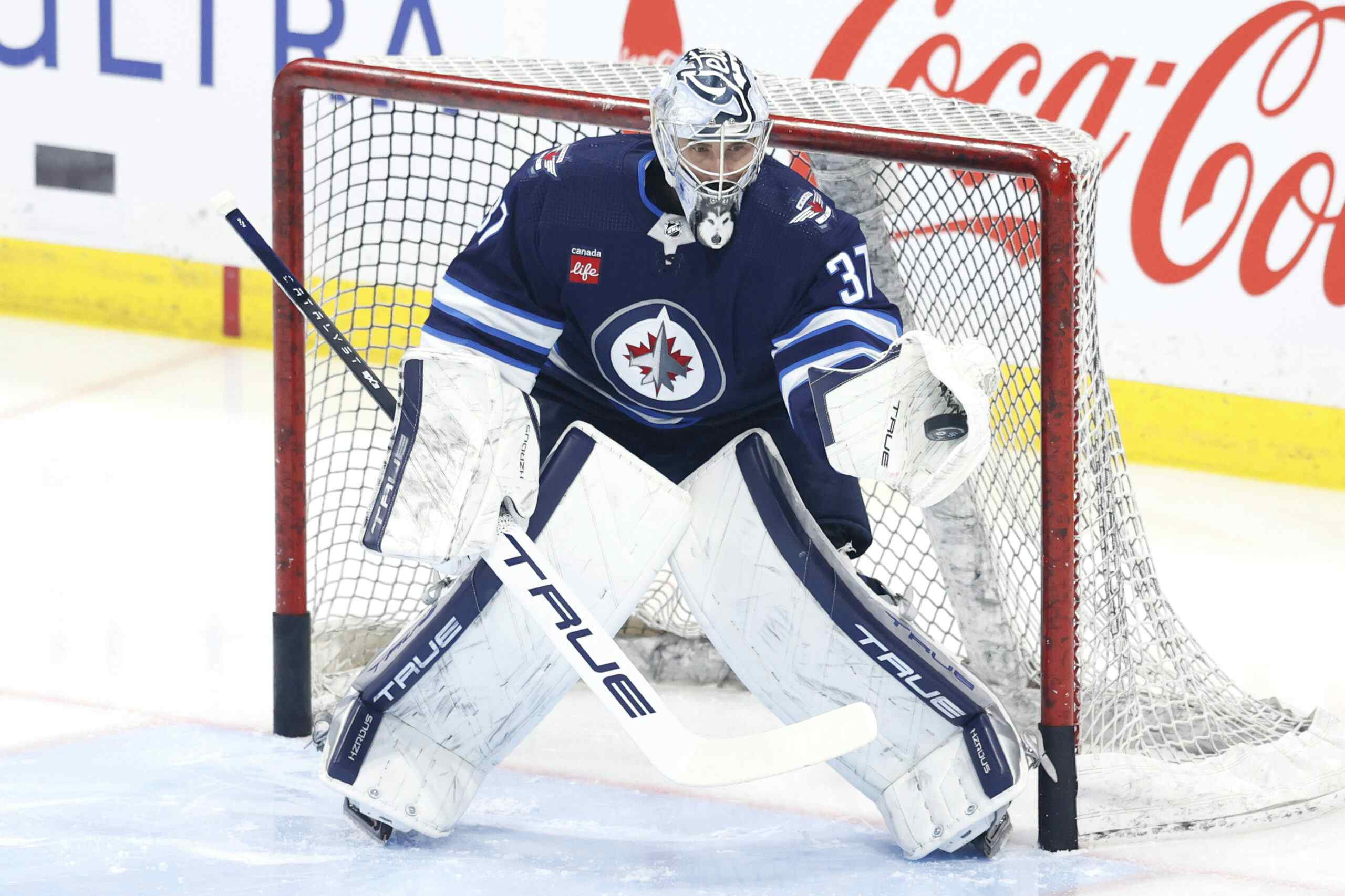NATION NETWORK PROSPECT PROFILES: #46 Carter Hart
By J.D. Burke
7 years agoAnalyzing goaltenders is a tricky business, and one that I’m not necessarily certain the combined staff of Jets Nation and Canucks Army is up to tackling. Especially where prospects are concerned. To try and deliver you the best and most accurate reflection of Carter Hart’s ability and progression as a netminder, I reached out to friend of the blog, Greg Balloch, to give us his take. Balloch writes for www.inGoalMag.com, a publication that specializes in the realm of goaltender analysis. Follow him on twitter, @GregBalloch
Carter Hart comes into the 2016 NHL entry draft as the second-ranked North American goaltender, behind Evan Fitzpatrick of the QMJHL’s Sherbrooke Phoenix. This ranking represents somewhat of a slight, as Hart spent the entirety of this season as the top-ranked goaltender until final rankings were revealed. An especially frustrating reality for Hart, given his play steadily improved as the season wore on. Hart’s Everett Silvertips surrendered the second-fewest goals in the WHL, behind the Victoria Royals and their 50-win campaign.
He set a career-high in save percentage at .918 in 2015-2016, and capped off a tremendous season by being named the recipient of the Del Wilson Memorial Trophy as the top goaltender in the WHL. His career average save percentage is .919 in 112 regular season and playoff WHL games.
What caused him to slip in the rankings, exactly? Concerns about his size have become more and more prevalent as the draft date has drawn closer. Standing at 6-foot-1, Hart isn’t exactly the mammoth-sized goaltender that scouts have grown accustomed to seeing in recent years. Fitzpatrick, although extremely talented in his own right, is a more traditional pick for the number one spot because of his nearly 6-foot-4 frame.
Those that have seen Hart play will know that he uses his modest frame very effectively. A student of both Shane Clifford and Dustin Schwartz, Hart is a highly-trained puck tracker. His ability to track, not just on the release of shots, but also for the purpose of movements around his crease, is one of the best to come out of the CHL in recent years. His ability to stay on top of pucks, even when moving laterally, is reminiscent of the similarly-sized Eric Comrie – a Tri-City Americans grad, and 59th overall pick in the 2013 draft. Although Comrie is much more refined, Hart has the same technical base that is specifically designed to translate into the pro game. That’s what scouts should really be looking for.
Hart’s off-ice training regiment is specifically designed to train his eyes for the purpose of tracking pucks. He works with a company called Zone Performance in Edmonton, and they specialize in training the eyesight of elite-level athletes. By working with Zone Performance, he is following in the footsteps of his idol, Braden Holtby of the Washington Capitals, who also trains there. They both wear the number 70 on their backs, but that isn’t where the similarities between the two goaltenders end. Hart’s intense focus on the ice can be attributed to emulating the Caps’ starter, as well as the techniques he has learned through eye training exercises.
Due to his tracking ability, Hart has exceptional patience. His movements around the crease are very efficient, and he arrives immediately square to the player with the puck. That allows him to hold his edges longer than most goaltenders, giving him excellent coverage to his left and right. He is rarely caught reaching, so it’s quite uncommon to see a goal squeak through his body.
While Hart does possess all of these wonderful traits, he is far from a perfect goaltender. His post-integration is still a work in progress. He can sometimes be beaten while transitioning in and out of the reverse-VH position due to a propensity to rely on the skate-on-post version of the technique. His seal on the post isn’t quite at the level you’d want to see just yet, but he is still only 18, and technical refinements are to be expected as he gains more experience.
He isn’t going to ‘wow’ you with his edgework, or speed while in the butterfly. He prefers a more conservative approach on plays down low because of this. He will need to adjust to be more aggressive in that area when he transitions to the professional game. The game moves at a much quicker pace, and good shooters will prey on any opportunity to catch him sitting low in the butterfly. He does have great hands to compensate, but it’s definitely an area to keep an eye on as his career moves forward.
Statistically speaking, goaltenders are difficult to predict. Many have success at the junior level, but taper off as they attempt to make the jump to the professional game. The area that those goalies struggle with, a majority of the time, is their ability (or inability) to track the puck. As the trend of drafting large, blocking-style goaltenders begins to wane, we’re seeing a newfound focus on the puck-tracking skills that are essential for pro goaltenders.
Hart’s size has still unfortunately hurt his official ranking, but that only means that an NHL that is willing to take a perceived “gamble” on him is going to end up with a steal – just like the Winnipeg Jets did with Comrie. He understands his own game so well, and is a true student of the game. This awareness as a young netminder is uncommon, and his improvements each year are the end result.
If Hart does end up becoming the second or third goaltender selected at the 2016 NHL entry draft, the team that grabs him should be extremely excited about the future that this young man holds.
Recent articles from J.D. Burke





